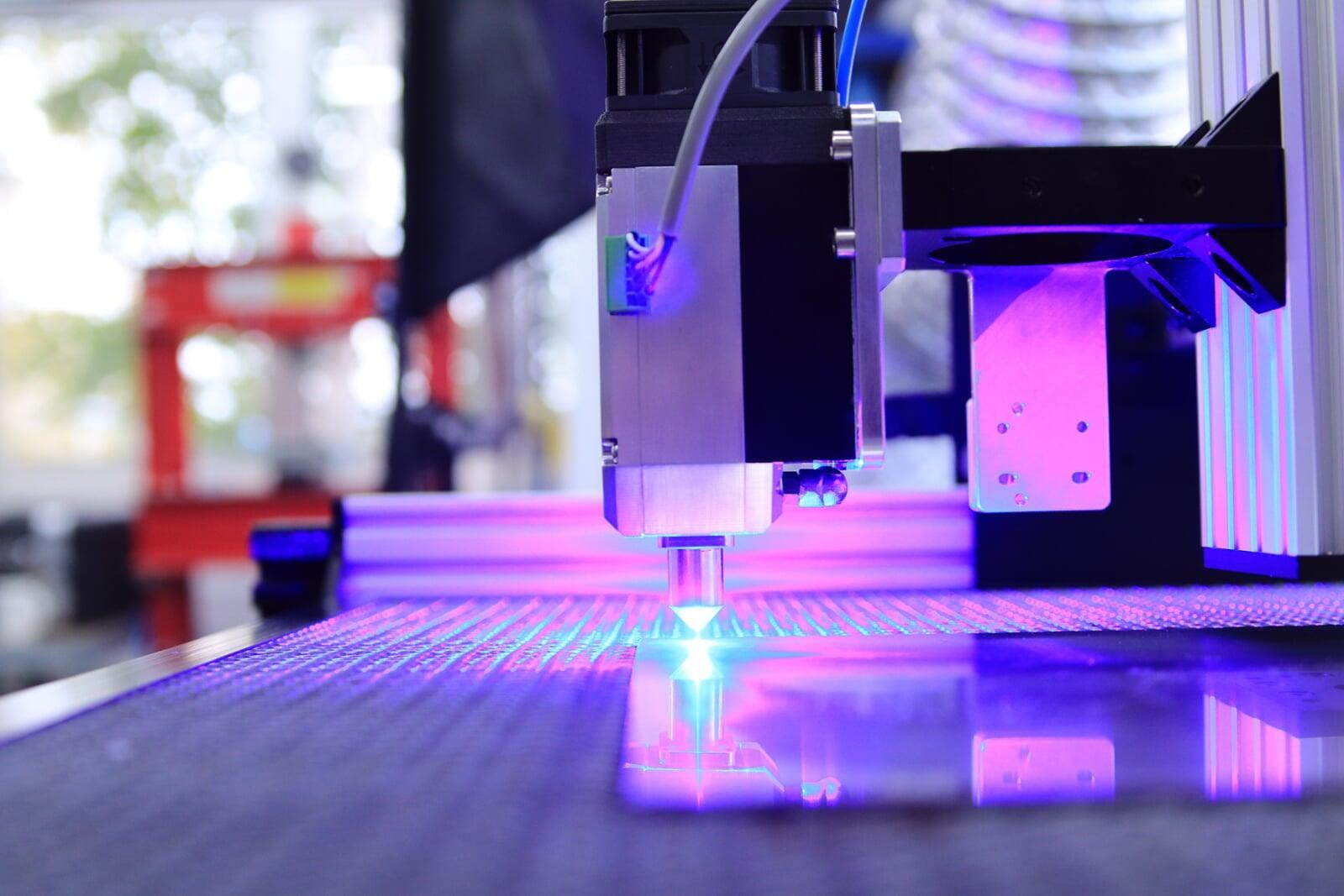Several years ago, 3D printing was considered to be a technology that could be used in the construction of buildings and homes. Although it has yet to take off as some predicted, experts agree that this technology has a promising future in construction due to its low cost and ability to create complex designs quickly. Many companies have already begun using this technology in their projects, and you can too if you decide to invest in 3D printers that are ideal for your needs and budget. Here’s what you need to know about 3D printing in construction before you make any investments.
Market Analysis
Construction is a $10 trillion industry worldwide, and the United States accounts for about $1.2 trillion of that. The global construction market is expected to grow by 3.6% per year through 2025. In the United States, the construction market is projected to grow by 4.5% per year during that same time period. The McKinsey Global Institute believes the building sector will be most susceptible to disruption from digital technologies due to its high costs and complex supply chains. It also predicts that 50% of all construction companies could disappear in the next 20 years as new digital-savvy companies come into existence and create more efficient methods for building houses, bridges, highways, buildings, etc.
Emerging Trends
Construction is an ever-evolving industry, and 3D printing is one of the latest trends to emerge. Also known as additive manufacturing, 3D printing is a process of creating three-dimensional objects from a digital file. The potential applications for 3D printing in construction are vast, and it has been said that this technology could revolutionise the way we build. It offers new possibilities in design, prototyping, and onsite construction. For example, 3D printing can be used to construct buildings with geometries impossible by traditional means or create elaborate structures with custom parts created on site at the project site. Although not yet widely used in major building projects today, those working in the field expect this technology will soon become commonplace for constructing residential and commercial buildings.
Benefits of the Technology
The benefits of 3D printing technology are vast and far-reaching. This technology has the potential to revolutionise the construction industry, making it more efficient, sustainable, and cost-effective. It also holds the promise of higher quality structures as designers can precisely control thickness and strength.
In addition, 3D printers can produce complex forms that were previously impossible or prohibitively expensive with traditional manufacturing methods such as moulds or casting. Imagine being able to create a one-of-a-kind house design by tweaking some computer code and then printing it out on your home printer.
Challenges Remain
Although there are many potential applications for 3D printing in construction, there are still some challenges that need to be addressed. One of the biggest challenges is the high cost of 3D printers and materials. Additionally, the technology is still relatively new and there are not many trained professionals who know how to use it. Additionally, 3D printed buildings have not been tested for long-term durability or weather resistance. However, despite these challenges, there is still a lot of hope for the future of 3D printing in construction.

